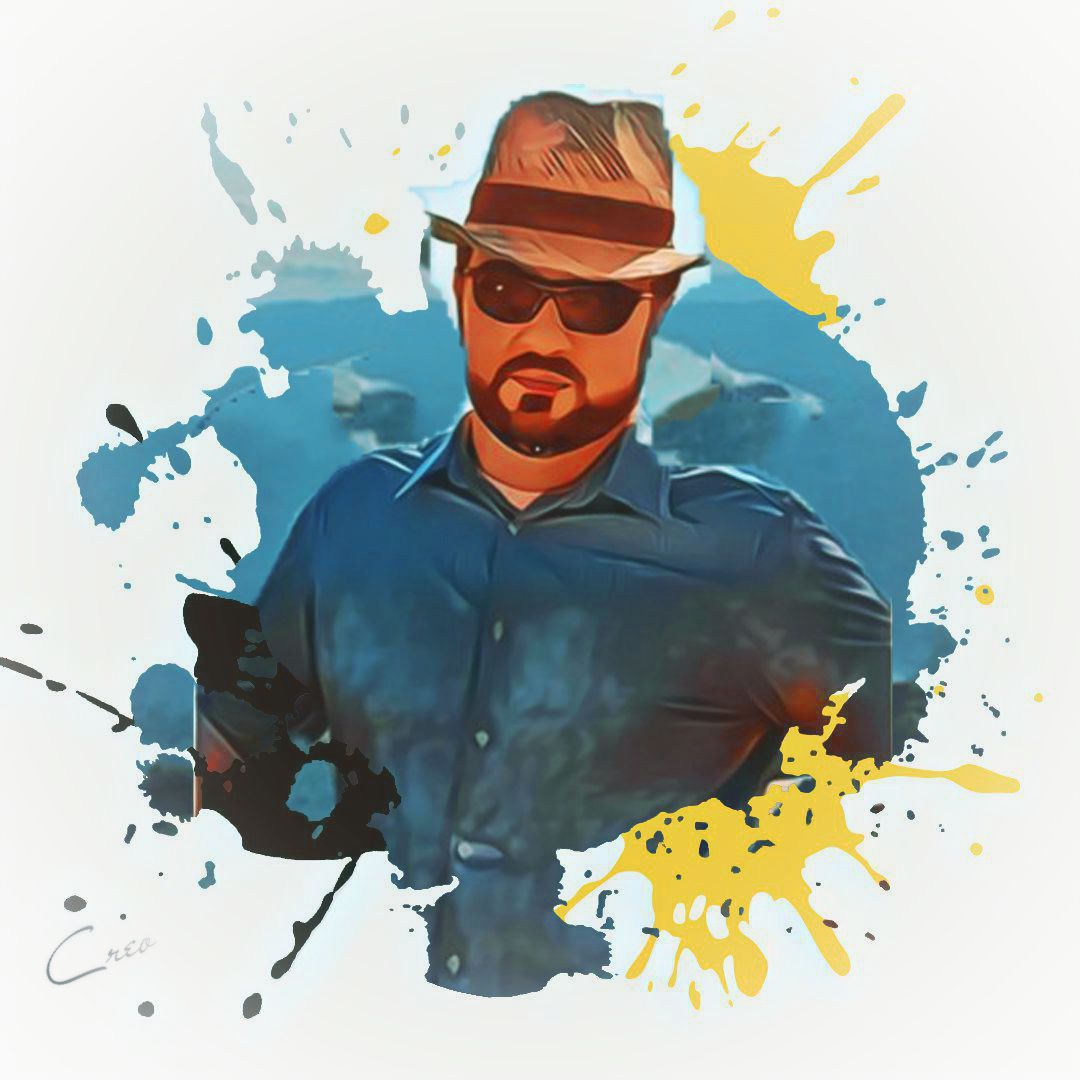Unveiling the Trend: Creative Entrepreneurs Embracing the Exciting World of Alternative Financing
- Jason Feimster
- Dec 4, 2024
- 3 min read

In recent years, creative entrepreneurs have witnessed a remarkable transformation in financing options. The era of relying solely on traditional loans and venture capital is fading away. Today, alternative financing methods are on the rise, providing innovative solutions for creators to fund their dreams and bring their ideas to life. This post explores the rise of alternative financing, the various methods available, and insights on how creators can take advantage of these opportunities for growth.
The Shift in Financing Paradigms
Creative entrepreneurs, whether artists, designers, musicians, or writers, often face specific challenges when funding their projects. Traditional financing typically comes with strict requirements, lengthy application processes, and the pressure for quick returns. Consequently, many have turned to alternative financing options.
Digital platforms and technology play a significant role in this shift. For instance, over 40% of small business owners now use alternative financing methods to fund their ventures. Today’s creators can explore a variety of funding options that were once out of reach. These alternatives not only provide financial support but also open doors for networking and community building.
Understanding Alternative Financing Options
Crowdfunding
One of the most well-known forms of alternative financing is crowdfunding. Platforms like Kickstarter, Indiegogo, and GoFundMe empower creators to showcase their projects to potential supporters. A striking statistic is that successful Kickstarter campaigns have raised over $6 billion since the platform's launch in 2009. This method allows entrepreneurs to gauge interest in their projects before entering production.
Through engaging storytelling and captivating presentations, creators can attract backers who connect with their vision. This not only secures funding but also builds a community of supporters invested in the project's success.

Peer-to-Peer Lending
Another promising avenue is peer-to-peer (P2P) lending, where borrowers connect directly with investors willing to lend without traditional financial institutions. This approach allows creative entrepreneurs to secure loans at competitive interest rates while sharing their unique stories.
Platforms like Prosper and LendingClub provide an accessible way for creatives to find loans tailored to their needs. For example, the average interest rate for P2P loans ranges from 6% to 36%, depending on creditworthiness. This personalized lending fosters a connection between lenders and borrowers and often results in more favorable terms.
The Gig Economy and Freelance Platforms
Embracing the Freelance Revolution
The gig economy has flourished in recent years, creating new income sources for creative entrepreneurs. Freelance platforms like Upwork and Fiverr enable creatives to offer their skills, such as graphic design, writing, or web development.
For instance, a graphic designer on Fiverr can earn between $5 to $500 per project, depending on complexity and expertise. Many freelancers use this income to reinvest in their primary creative projects or fund new initiatives. This self-sustaining model allows individuals to stay financially independent while pursuing their passions.
Microloans and Community Financing
Microloans cater specifically to small businesses and creative ventures. Organizations like Kiva uplift entrepreneurs by providing small amounts of funding from individuals who want to support local businesses. For example, Kiva allows creatives to secure microloans averaging around $1,000, often with lower interest rates and flexible repayment terms.
Community financing is also emerging through local arts organizations that support regional artists. By highlighting the importance of community investment, creative entrepreneurs can find invaluable resources right in their neighborhoods.
NFTs and Blockchain Technology
The Digital Revolution
The introduction of blockchain technology has unlocked a new avenue for asset ownership and financing—non-fungible tokens (NFTs). For many creative professionals, NFTs offer a groundbreaking way to monetize artwork, music, and digital content. By selling NFTs, creators can maintain ownership while providing buyers with unique proof of authenticity.
The NFT market boomed in 2021, with sales surpassing $10 billion. This significant revenue stream allows creative entrepreneurs to tap into global markets while engaging with fans in novel ways. Selling digital art as NFTs not only provides funding opportunities but also fosters innovative interactions with supporters.

Exploring New Possibilities
As we move forward, the trend of alternative financing for creative entrepreneurs will continue to grow. With technological advances and community-driven initiatives, creators can break free from traditional funding constraints. They now have an array of resources available to support their creativity and innovation.
From crowdfunding and peer-to-peer lending to engaging in the gig economy and exploring NFTs, creative entrepreneurs are stepping into a vibrant world of opportunities. Embracing these alternative financing methods not only enhances their ability to fund projects but also fosters community connections around their artistry.
As more creators share their journeys and successes, we witness a new narrative emerging—one where the creative charm flourishes, backed by a diverse array of alternative financing options.
It truly is an exhilarating time to be a creative entrepreneur!





Comments